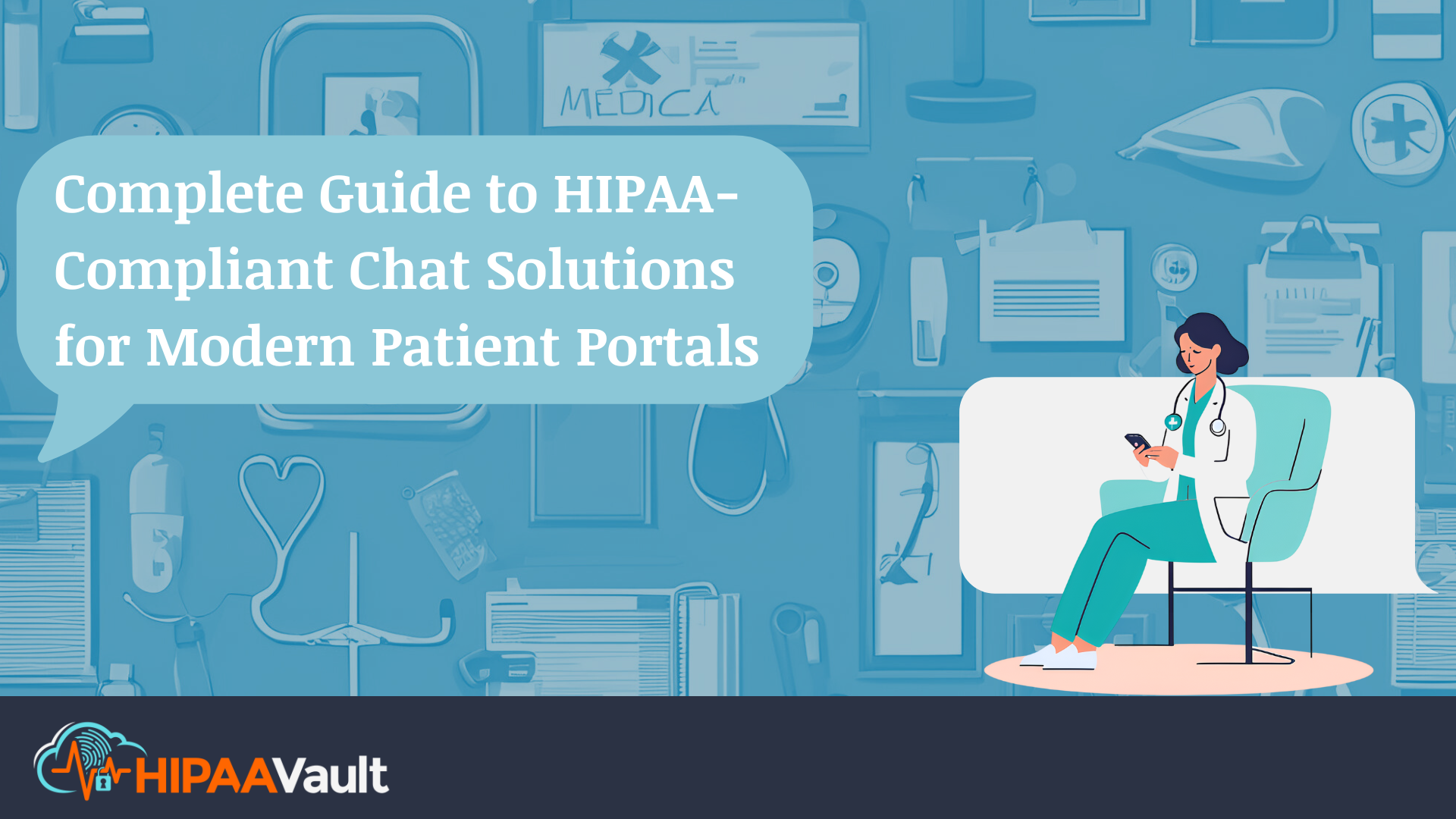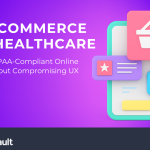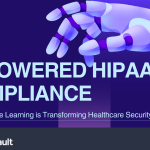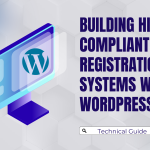
In today’s digital-first healthcare landscape, real-time communication has become a cornerstone of the modern patient experience. With nearly 70% of patients now expecting digital messaging capabilities from their healthcare providers, the need for secure, HIPAA-compliant chat systems has never been more urgent. Data breaches cost the healthcare industry billions each year, and the reputational damage from a compliance failure can be even more devastating.
At HIPAA Vault, we specialize in deploying secure messaging infrastructure that not only meets HIPAA requirements but also enhances the usability and reliability of patient communication. This guide draws from years of expertise in cloud security and HIPAA compliance to help you implement a robust chat solution tailored to the unique demands of healthcare.
Understanding HIPAA Requirements for Patient Messaging
To remain compliant, any electronic communication system must adhere to the HIPAA Privacy, Security, and Breach Notification Rules. This means ensuring that all Protected Health Information (PHI) is encrypted during transmission, that access is restricted through role-based permissions and multi-factor authentication, and that the system can generate audit logs to track all access and activity. Additionally, organizations must retain message records in alignment with their HIPAA-compliant documentation policies.
These aren’t just best practices — they’re legal requirements enforced by the U.S. Department of Health and Human Services (HHS). You can refer to HHS.gov for the complete regulatory framework.
Architectural Choices: Building vs. Buying Secure Chat
Choosing between self-hosted and cloud-based solutions involves balancing control with scalability. Self-hosted platforms give IT teams complete oversight but come with significant overhead in terms of maintenance and compliance management. Cloud-based platforms, such as those offered by HIPAA Vault, reduce operational burdens while offering turnkey compliance features.
Organizations with stringent internal controls may prefer on-premise deployment, but this path demands robust internal security resources. For most, a third-party solution with a signed Business Associate Agreement (BAA), strong encryption protocols, and seamless EHR integration will be the most efficient and secure path forward.
Securing the Chat Experience: Features That Matter
The foundation of HIPAA-compliant chat rests on end-to-end encryption, strong authentication mechanisms, session security, and audit trails. Encryption ensures that even if messages are intercepted, the data remains unreadable. Two-factor authentication and automatic session timeouts help prevent unauthorized access. Meanwhile, detailed audit logs allow compliance teams to track user behavior and swiftly respond to potential threats.
These measures, while technical in nature, directly impact patient trust. A secure chat system reassures patients that their personal data is protected — a critical consideration in today’s privacy-conscious world.
Making Security Usable: Designing for Patients
Security should never come at the cost of usability. Patient portals must be accessible across devices, intuitive to navigate, and compliant with WCAG accessibility standards. Whether patients are using a desktop computer or a mobile app, they should be able to engage with providers through secure notifications, upload or download files with encryption, and expect a consistent, responsive user interface.
Healthcare organizations must also think beyond the interface. Behind every message is a workflow. Clinical teams need the ability to route communications to appropriate departments, receive real-time notifications, and manage response expectations through service-level agreements (SLAs).
Developer Insights: Integrating Secure Messaging
For development teams, the technical implementation of HIPAA-compliant messaging involves securing API endpoints, implementing WebSocket encryption for real-time interactions, and ensuring that client-side encryption mechanisms are in place. Offline message queuing is another critical consideration, enabling continuity of communication even during brief connectivity losses.
HIPAA Vault offers integration-ready chat APIs, built with healthcare developers in mind. Whether you’re integrating with Epic, Cerner, or a custom EHR, our solutions are designed to be both secure and scalable.
The Role of Automation and AI
AI can play a valuable role in patient communication — so long as it’s implemented within strict compliance boundaries. HIPAA Vault supports chatbots designed to handle intake questions, deliver appointment reminders, and route messages to the appropriate clinical team, all without exposing PHI. Pre-written response templates and automated triage tools help streamline provider workflows while maintaining data security.
Addressing Mobile Security Challenges
Today’s patients expect mobile access, and that means ensuring push notifications are masked and encrypted, local storage is secured, and biometric authentication (like Face ID or fingerprint access) is enabled for added protection. Whether you’re launching a dedicated app or offering a mobile-optimized web experience, patient security must remain front and center.
Auditing and Compliance: Staying Ahead of Risks
Compliance doesn’t end at deployment. Organizations must implement ongoing monitoring systems that track access patterns, identify suspicious activity, and generate real-time reports for compliance officers. Retention policies should be clearly defined and enforced to ensure that no message is kept longer than necessary — or deleted prematurely.
Educating Patients and Managing Consent
Secure messaging is only effective if patients understand and trust it. That starts with clear terms of use, onboarding materials that explain how and why to use secure chat, and security education that reinforces best practices. Documenting patient consent is not optional — it’s a HIPAA requirement, and one that must be approached with care.
Conclusion: Choosing the Right Solution for Your Organization
The right HIPAA-compliant chat solution can transform patient engagement, strengthen provider workflows, and ensure that healthcare communication remains secure and compliant. Whether you’re starting from scratch or replacing an outdated system, HIPAA Vault’s tailored messaging infrastructure offers a trusted foundation.
We’re here to help you every step of the way. Contact us today to schedule a demo or consultation, and let’s build a better, more secure communication experience together.
Looking for more guidance? Explore our HIPAA compliance resources for the latest insights and best practices.





